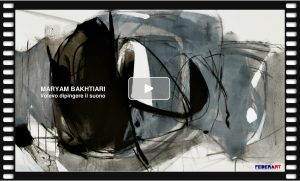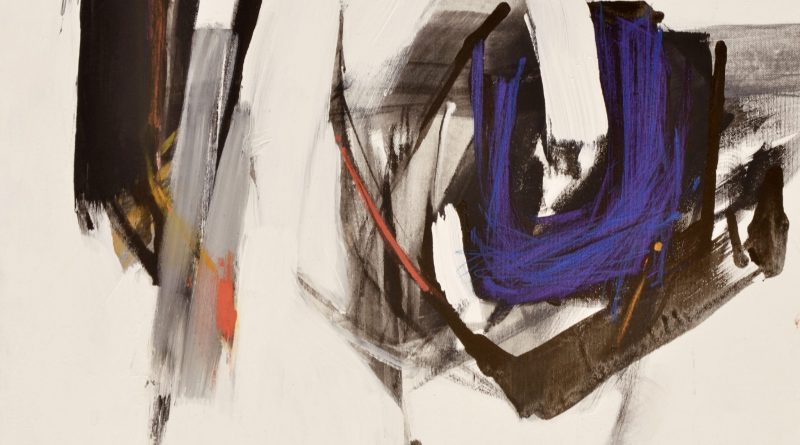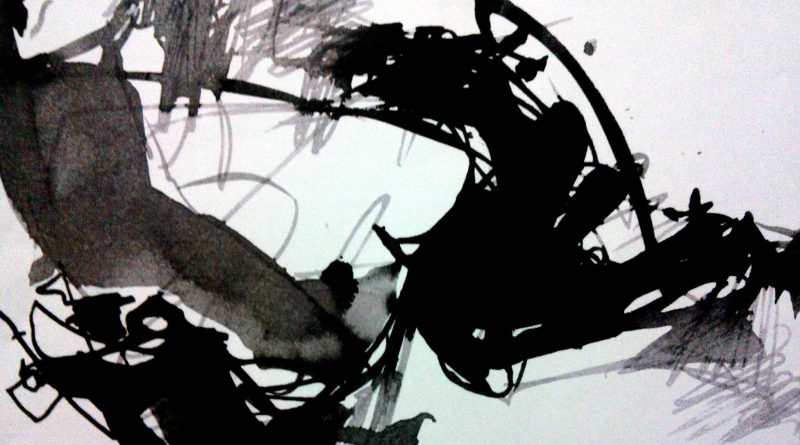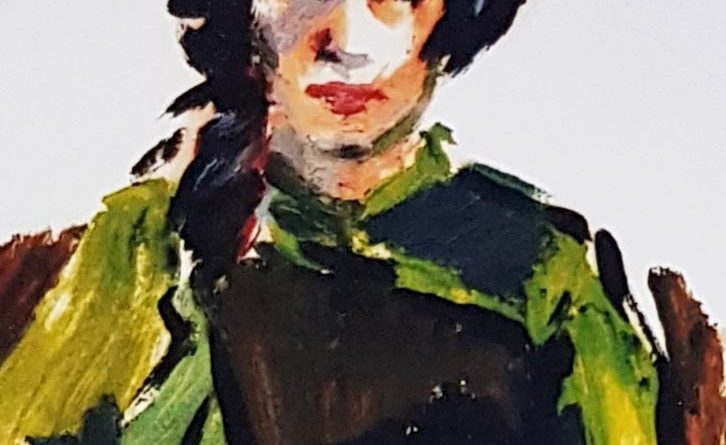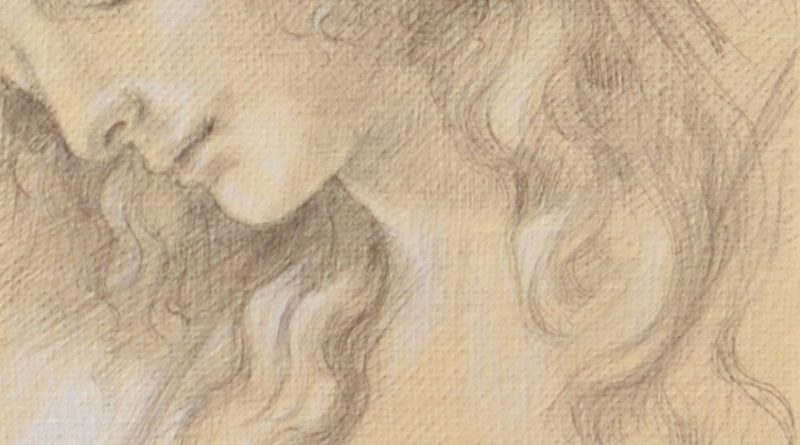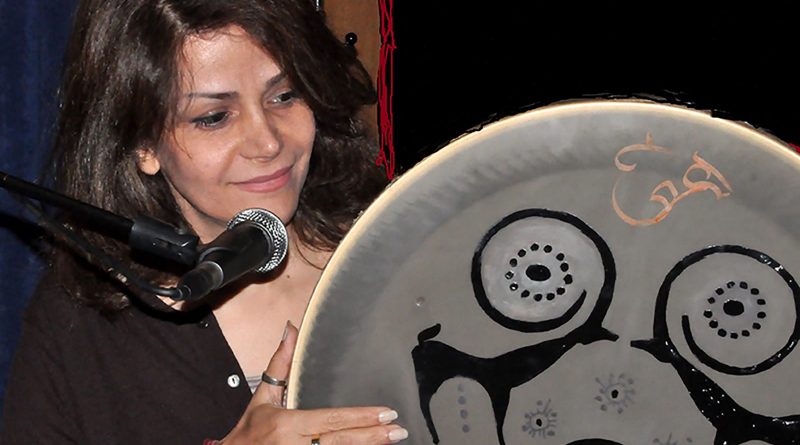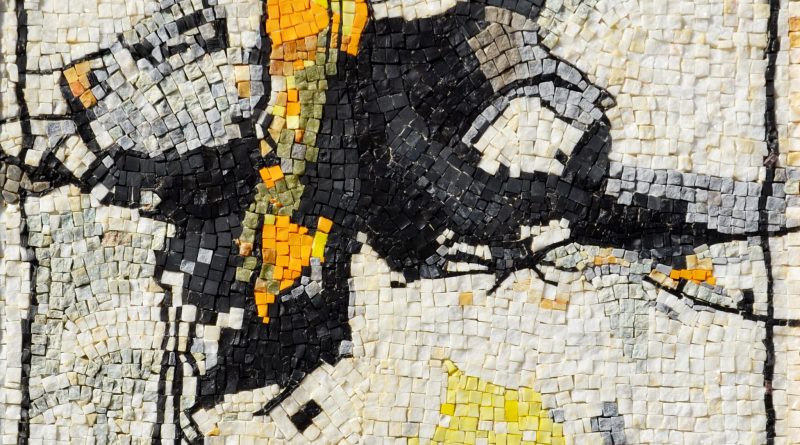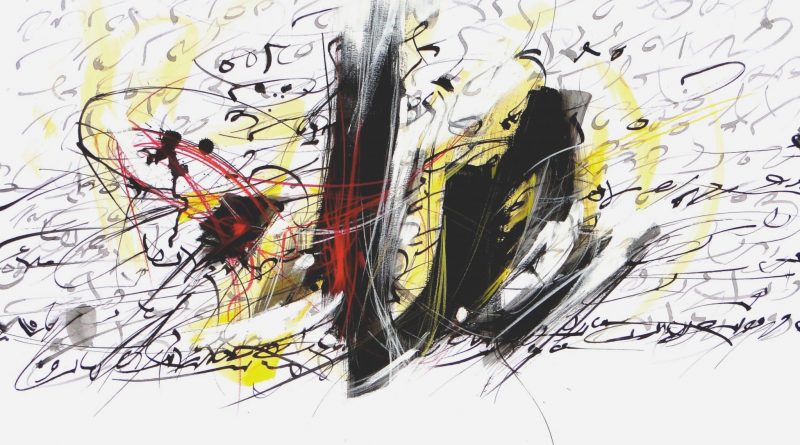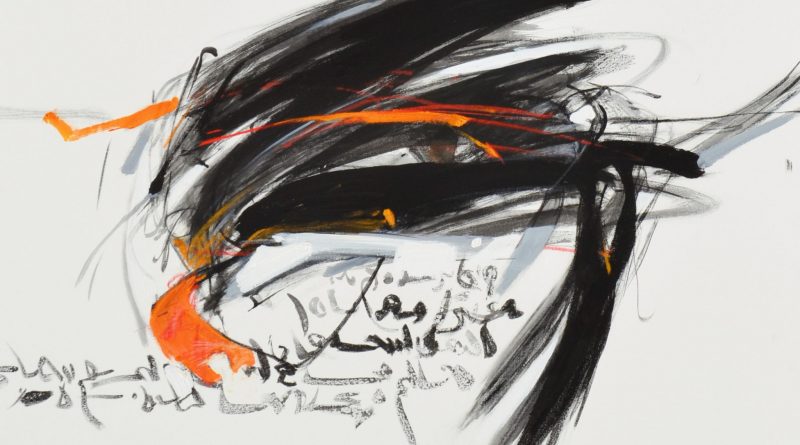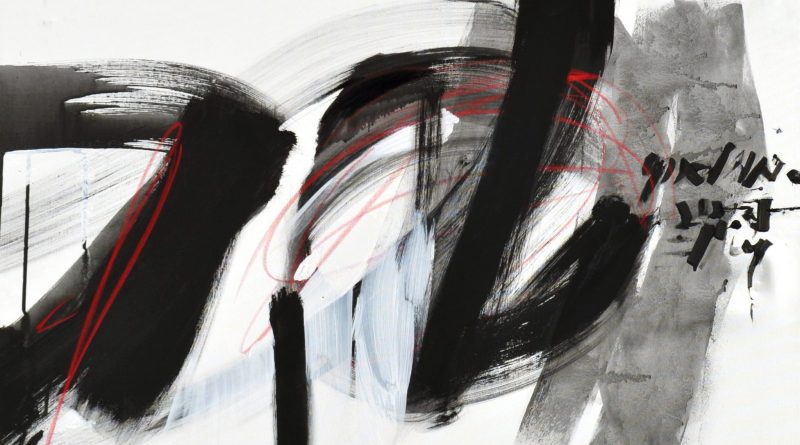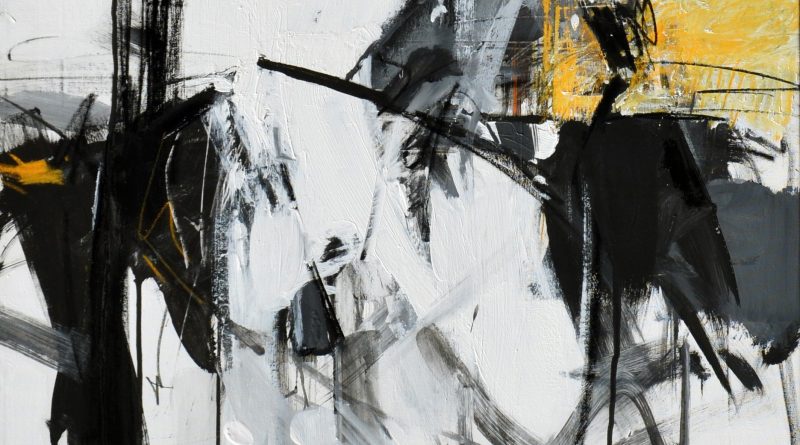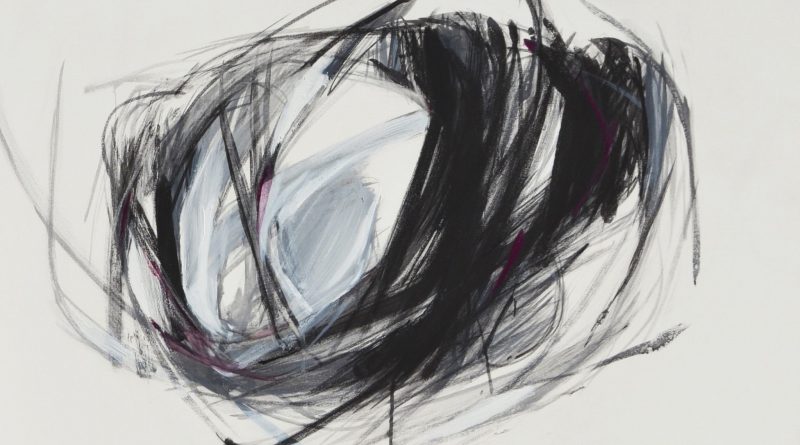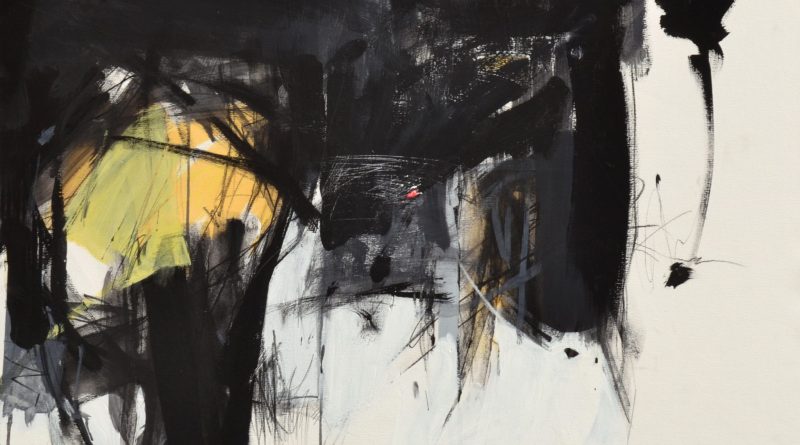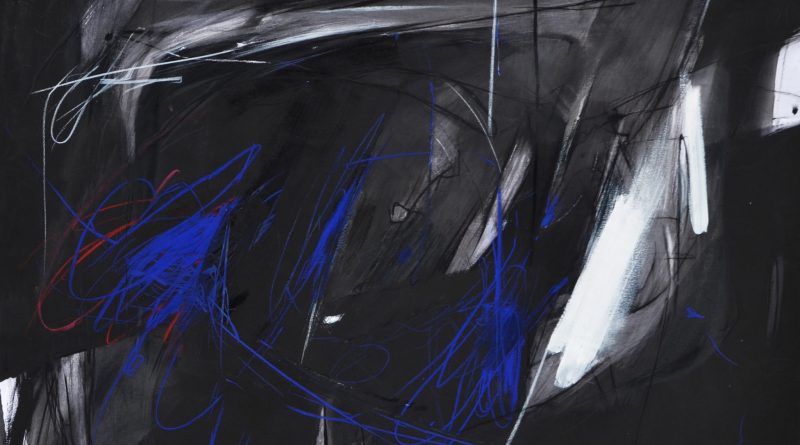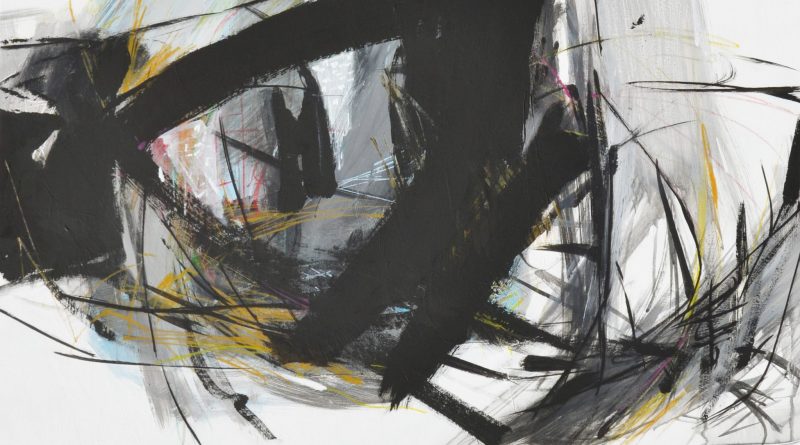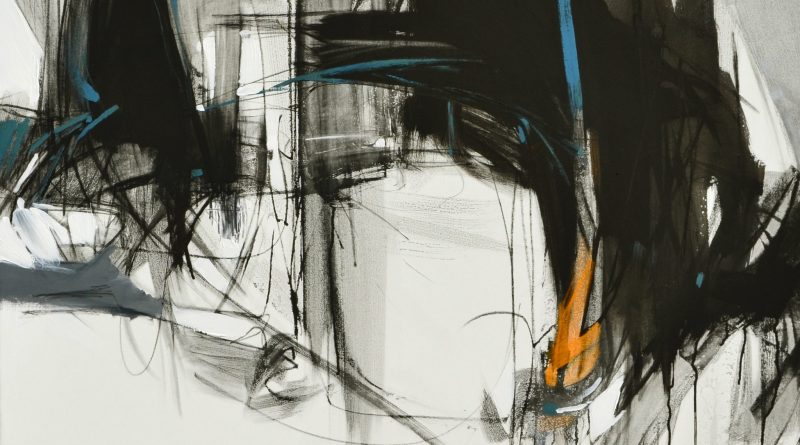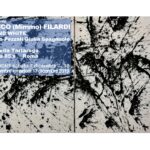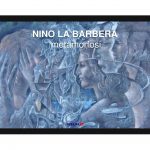Maryam Bakhtiari Volevo dipingere la …
COMUNICATO STAMPA [ita/eng] MARYAM BAKHTIARI Volevo dipingere il suono → Volevo dipingere il suono … afferma l’Artista parlando degli anni in cui dopo il Liceo Artistico studiava all’Università di Belle Arti di Teheran. E per riuscire a farlo è dovuta passare attraverso la Musica. Il segno, come risultato di un gesto, è il principio artistico che guida il lavoro di Maryam Bakhtiari, evidenzia Andrea Baffoni, riuscendo, grazie ad esso, a manifestare sulla tela il segreto della propria interiorità.
Un richiamo all’automatismo psichico, come tentativo di tradurre pittoricamente la forma dell’Anima, e in ciò, va subito precisato, si rileva l’origine iraniana dell’Artista, con il particolare rimando all’Arte calligrafica, che nella propria Cultura è solitamente riservata alla Poesia. Lo Spirito creativo di Maryam ha affrontato nel tempo un processo di catarsi, attraversando più stagioni: da un esordio scolastico, dove la Pittura era essenzialmente figurativa, ad una fase di abbandono, per dedicarsi lungamente alla Musica, e infine il ritorno alla Pittura, a seguito del trasferimento in Italia, dove frequenta l’Accademia di Belle Arti di Roma. L’approdo a Roma, e l’immancabile influsso della grande tradizione artistica italiana, ha presto innescato un processo di revisione stilistica, definitivamente svelatosi nell’astrazione segnica di matrice informale. La Musica e la Calligrafia sono gli elementi portanti del suo lavoro, che si pone oggi come ponte di collegamento fra Oriente e Occidente. Calligrafia e Musica, si diceva, sono gli elementi fondanti del suo lavoro. Il segno nasce dal movimento della mano, prendendo origine, il più delle volte, da una lettera dell’alfabeto parsi, e con esso l’Artista costruisce la struttura del dipinto. Il segno calligrafico diviene la sostanza dell’Opera. Ad esso si unisce l’essenza, che nello specifico è rappresentata dal ritmo musicale. In particolare è il suono del Daf, tamburo a cornice della tradizione iraniana, con cui Maryam intona le ritmiche della propria Cultura che l’hanno portata in Giappone, in Francia, in Belgio, in Italia … Come in ogni strumento a percussione il gesto della mano determina il ritmo, così l’utilizzo deI Daf l’ha condotta verso una spontaneità gestuale, determinante anche per la rinascita pittorica. Alla forma primaria della lettera, quindi, si unisce la ritmica del movimento, giungendo infine a disegnare sulla superficie la propria essenza spirituale. Quando ho avuto la possibilità grazie al Maestro Salvatore Provino, scrive Antonio Carpenito, di vedere le Opere di Maryam Bakhtiari, sono stato da subito colpito dalla straordinaria forza di penetrazione emotiva che l’Artista, attraverso l’espressione della propria Arte, è riuscita a farmi percepire. Le Opere manifestano, nel loro contenuto astratto, una piacevole intensa sensazione mistica che giunge direttamente all’animo dello spettatore. Maryam Bakhtiari, iraniana di nascita e lì formatasi tra grandi emozioni sociopolitiche e religiose, sottolinea Francesco Martani, parla solo di Pittura, di Pittura in senso proprio. Ella sceglie la via della ragione, dove la sua progettualità, le sue emozioni e le sue pulsioni, vengono da terre lontane e dal profondo del suo animo. Le sue stesure sono nuclei che documentano una stagione prettamente informale. Ha un segno forte, ha una gestualità matura ed usa la materia e il colore con toni acuti ma giustapposti. I suoi segni solcano, incitano, affondano sulla tela in uno spazio stabile e ben definito. Maryam, a mio parere, è un’Artista attualissima che suggerisce spazi nuovi e segni che giungono a definire nuove possibilità strutturali. Ella propone tratti, lacerazioni sicure, ma cariche di brani di memoria e che pone in spazi tanto leggeri, quasi diafani, ma carichi di linguaggi plurimi, di letteratura e filosofia. La sua Pittura è specifica, di una qualità altamente riflessiva, con traiettorie libere, altamente gestuali ma spontanee, dove un soffio di colore, qua e là, coagula il concetto percettivo del pensiero. La sua Pittura la si sente greve di partiture lontane, segnate da stagioni e da luoghi serrati che hanno radici longeve.
I WANTED TO PAINT THE SOUND …
I wanted to paint the sound … affirms Maryam Bakhtiari, speaking about the years when she studied at the University of Fine Arts in Tehran after graduating from the Artistic lyceum. And to do that, to paint sound, she had to pass through music.
The sign, as the product of a gesture, is the artistic principle that guides the work of Maryam Bakhtiari, explains Andrea Baffoni. Thanks to it, she is able to manifest on the canvas the secret of her own interiority. It is a call to psychic automatism, an attempt to pictorially rafigure the form of the Soul. Here, it must immediately be specified, the Iranian origin of the Artist becomes evident, with particular reference to the art of calligraphy which, in its own culture, is usually reserved for Poetry. The creative spirit of Maryam has gone through over time a process of catharsis, crossing several seasons: from a scholastic debut, where painting was essentially figurative, to a phase of abandonment, in order to devote herself for a longer time to Music, and finally the return to Painting following the move to Italy where she attended the Academy of Fine Arts in Rome. The arrival in Rome, and the inevitable influence of the great Italian artistic tradition, soon triggered a process of stylistic revision, once and for all revealed in the informal abstraction of signs. Music and Calligraphy are the characterising elements of her work, which today stands as a bridge between East and West. Calligraphy and music, it can be said, are the founding elements of her work. The sign is born from the movement of the hand, taking origin, most of the time, from a letter of the Farsi alphabet, and from this the Artist builds the structure of the painting. The calligraphic sign becomes the substance of the work of art. To it joins the essence, which is specifically represented by the musical rhythm. In particular, it is the sound of the Daf, a frame drum of the Iranian tradition, to which Maryam intones the rhythms of her own culture that brought her to Japan, France, Belgium, Italy … As with any percussion instrument, the hand gesture determines the rhythm, so the use of the Daf led her towards a gestural spontaneity, also decisive for the pictorial rebirth. The rhythm of the movement unites with the primary form of the letter, eventually drawing on the surface its own spiritual essence. When I had the opportunity, thanks to Maestro Salvatore Provino, to see the works of Maryam Bakhtiari, writes Antonio Carpenito, I was immediately struck by the extraordinary, penetrative emotional force that the artist, through the expression of her art, was able to make me perceive. The works manifest, in their abstract content, a pleasurable intense mystical sensation that reaches directly to the soul of the viewer. Maryam Bakhtiari, Iranian by birth and moulded in her birth country by great socio-political and religious emotions, speaks only of Painting, of Painting in the proper sense, underlines Francesco Martani. She chooses the path of reason, where her planning, emotions and impulses come from distant lands and the depths of her soul. Her drafts are nuclei that document a purely informal season. It has a strong sign, a mature gesture and it uses material and color with acute but well-matched tones. Her signs furrow, incite, sink on the canvas in a stable and well-defined space. Maryam, in my opinion, is a very relevant artist who suggests new spaces and signs that come to define new structural possibilities. She proposes strokes, secure lacerations, but loaded with tracts of memory which she places in spaces that are so light, almost diaphanous, but full of multiple languages, literature and philosophy. Her painting is specific and of a highly reflective quality, with free, highly gestural but spontaneous trajectories, where a breath of color, here and there, coagulates the perceptual concept of thought. Her painting feels heavy with distant scores, marked by seasons and locked places that have long-lived roots.


